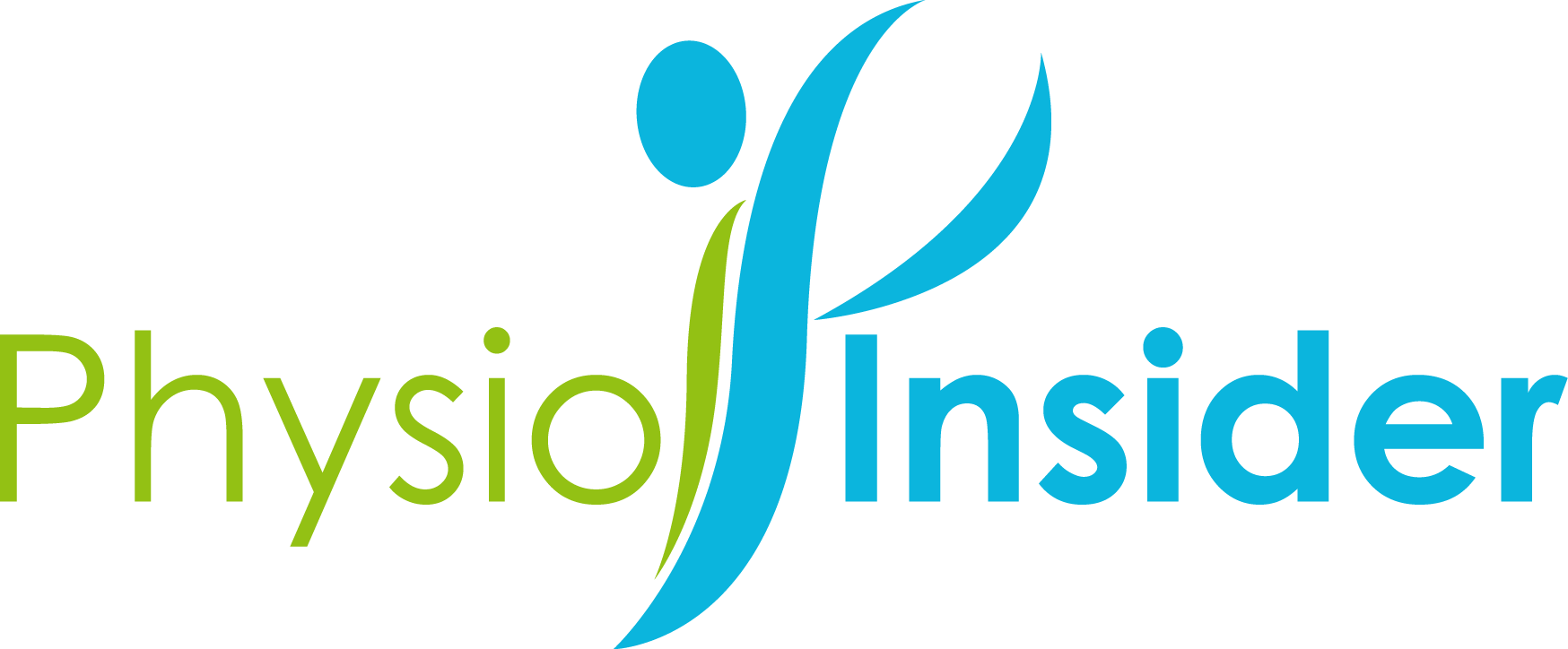Patience & Attention to Details
All orthopedic conditions are unique in their own ways and needs to be addressed in a patient manner. Physiotherapy is the art of uncovering the root cause of pain or discomfort and a thorough assessment is the best way to learn more about what our bodies are trying to tell us. An assessment should not be rushed! When we assess properly and regularly, it takes much less time to treat since we are truly working on the problem instead of treating by trial and error!
Time Allocated for Assessment Session & Treatment Sessions
Before booking an appointment, ask them how long your physiotherapists would spend with you one-on-one and how long would the assessment and treatment sessions last. Also, be sure that your physiotherapist has enough availabilities. If it takes over a week before you can book an appointment with therapist, this may not be a good sign since moderate to severe orthopedic conditions should be addressed as soon as possible.
Patient Education
Patient education on topics such as sitting posture, sleep posture, movement patterns, and unhealthy habits are crucial to the healing process. Physiotherapy or any other discipline would do you no good if you don’t make the necessary adjustments on your own. It’s equivalent to taking three steps forward and two steps back! What is essential is that your physiotherapist empowers you and teaches you how to manage your symptoms.
Hands-On or Hands-Off Techniques
Every therapist have a different way of working the same tissue. Differences exist due to their training, therapists’ body size, and how comfortable they are with various techniques therefore you should not expect all physiotherapist to work in a similar fashion.
It is important to note that there is particular approaches in physiotherapy (i.e.: Mckenzie approach) that uses a more hands off approach where patients are often active participants in the rehabilitation process. Much of the recovery is accomplished by repetitive movements in preferred directions established by a physiotherapist trained with the use of such approach.
From my experience, hands-off approaches are by no means inferior to hands-on techniques. If clients can recover well by moving in the right direction..then why not. It also would provide them with a better sense of control over his recovery which is even more satisfying. Whether it be hands on, hands off, or a combination of both, what’s important is that you are feeling better functionally and or symptomatically.
Exercise! Exercise! More Exercise!
No matter how awesome your therapist is, he or she cannot give you muscles but s/he can educate you on how to stretch out tight soft tissues and how to strengthen structures that requires more work. These strengthening exercises need to be progressed in time to match your stage of recovery. You cannot get massive biceps if you are doing a million bicep curls with just a 5 lbs dumbbell; progression is the key!

